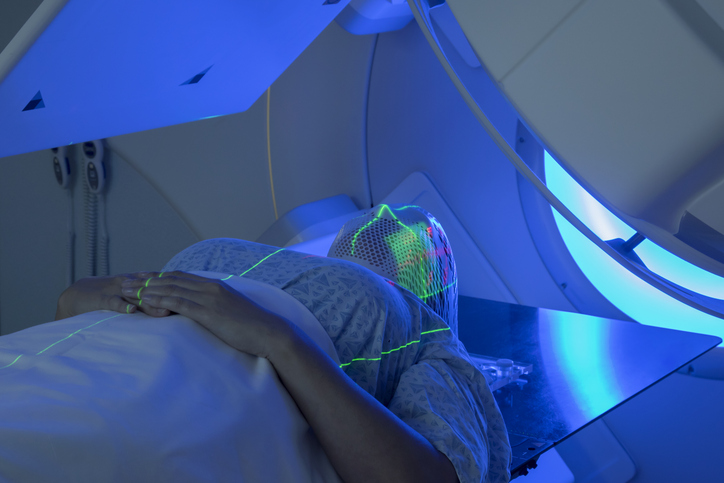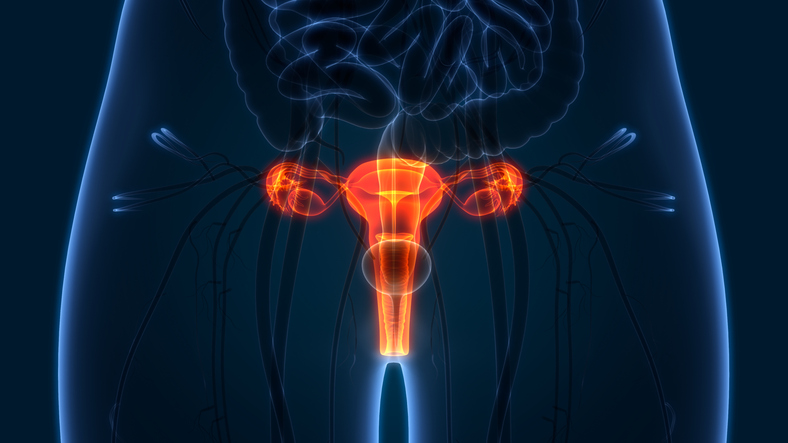
Pediatric and young adult cancer survivors may express higher levels of p16INK4a (p16), which is correlated with chronological aging, according to a study.
“Higher expression of p16INK4a in peripheral blood lymphocytes has been described in older adults following chemotherapy, but prior to this study, not in young adult survivors,” said Andrew Smitherman, MD, MSc, of the University of North Carolina at Chapel Hill’s Lineberger Comprehensive Cancer Center, in a press release. “This study is important as we try to understand the biological mechanisms underlying the manifestations of early aging in this population.”
Dr. Smitherman and colleagues evaluated young adult cancer survivors and an age-matched cohort of cancer-free controls, comparing p16 expression and frailty. Pediatric patients with newly diagnosed cancer were also assessed for p16 expression pre- and post-cancer therapy. A modified Fried frailty phenotype was used to measure frailty, assessing for sarcopenia, weakness, slowness, energy expenditure, and exhaustion.
Final analysis included 60 survivors and 29 controls with a median (range) age was 21 (17–29) years, as well as nine newly diagnosed patients aged between 1 and 18 years. Cancer survivors had higher expression of p16 than the controls (9.6 vs. 8.9 log2 p16 units; 2‐sided P=0.005), which the researchers said indicated “a 25‐year age acceleration in survivors.” In the newly diagnosed cohort, p16 expression increased from the pre- to post-cancer therapy period (7.3 to 8.9 log2 p16 units; 2‐sided P=0.002). The nine frail patients (16%), compared to the robust survivors, had higher p16 expression (10.5 vs. 9.5 log2 p16 units; 2‐sided P=0.055)—according to the study authors, this was representative of “a 35‐year age acceleration among frail survivors.”
The study was published in Cancer.
“In summary, we report that childhood, adolescent, and young adult cancer survivors exhibit evidence of increased cellular senescence and accelerated molecular aging equivalent to more than 2 decades of advanced chronological age. In addition, many survivors demonstrate evidence of physiologic impairment, as reflected in clinically defined frailty. Although increased p16 expression was observed among frail survivors, these 2 factors are not direct equivalents, suggesting that the development of molecular aging‐related derangements may precede the onset of frailty,” the researchers concluded.







 © 2025 Mashup Media, LLC, a Formedics Property. All Rights Reserved.
© 2025 Mashup Media, LLC, a Formedics Property. All Rights Reserved.